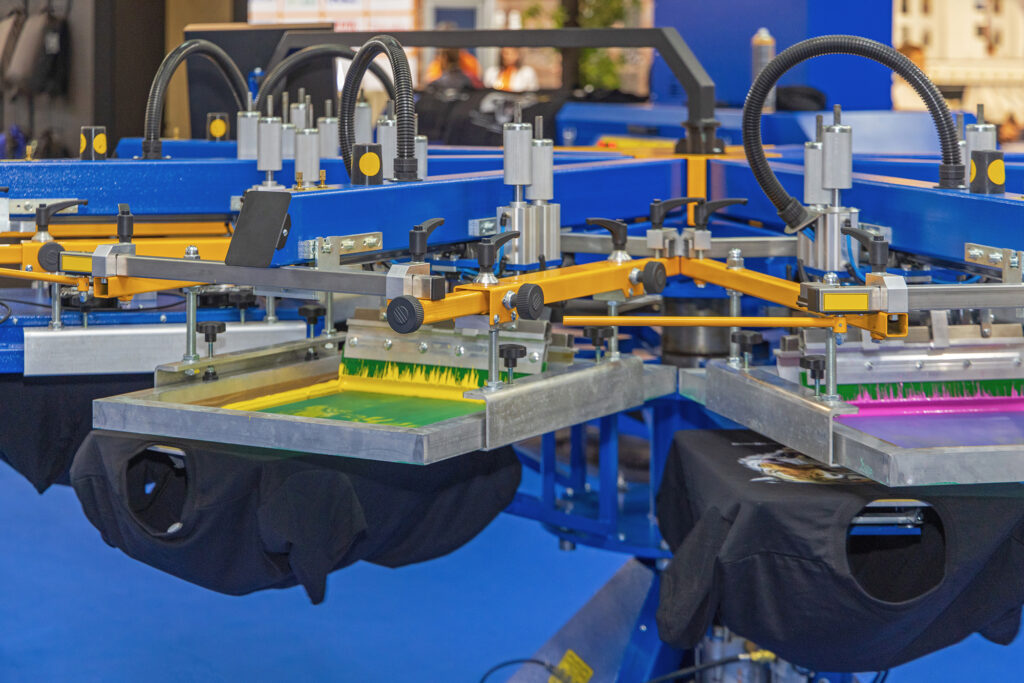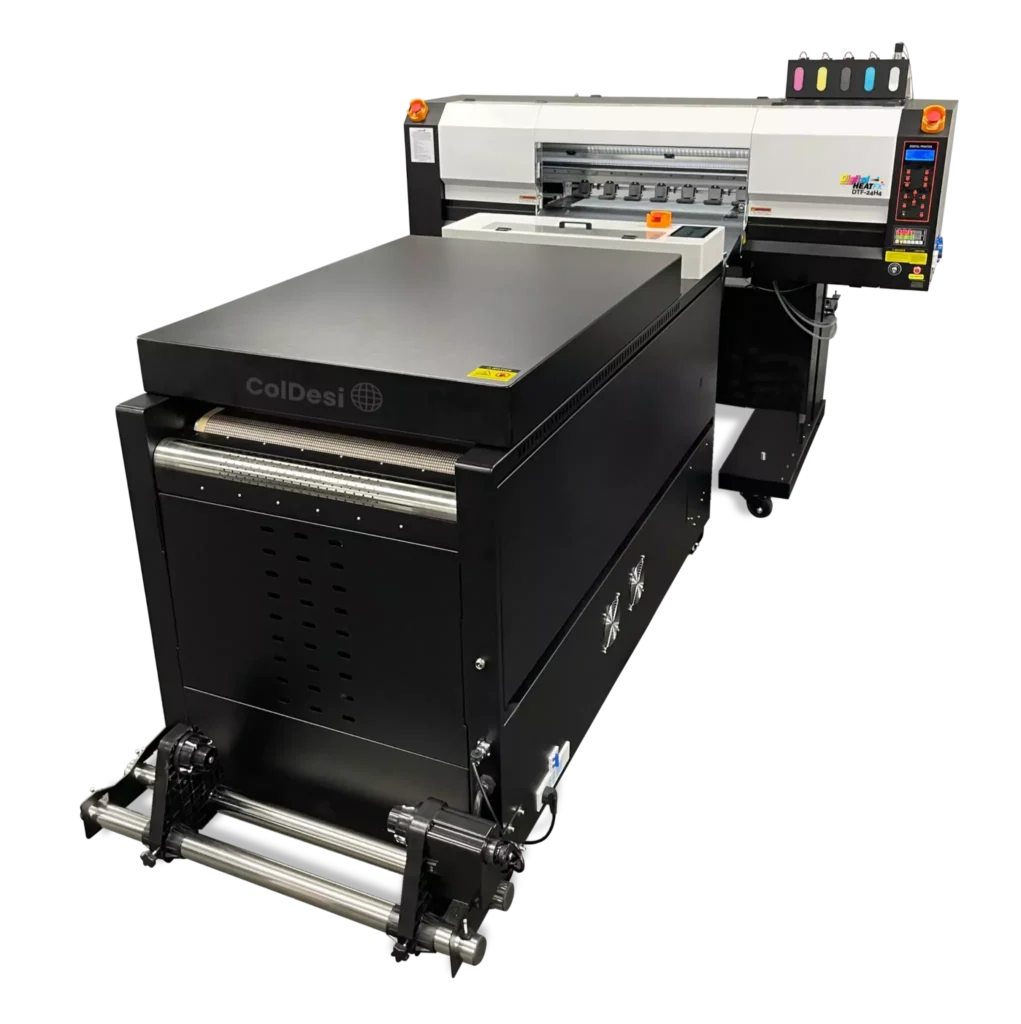ASI Custom Apparel
DTF vs. Screen Printing: What’s Best for Custom Apparel Decoration?
> When choosing the right method for decorating custom apparel, DTF (Direct-to-Film) and Screen Printing are two of the most talked-about techniques in the industry. Each has unique strengths and use cases-
-understanding their differences helps you choose the best fit for your
next custom t-shirt, hoodie, or uniform order.
Whether you’re a business looking to order custom logo apparel or a brand creating high-quality merch, this guide will walk you through the advantages and drawbacks of both decoration methods.


What is DTF (Direct-to-Film) Printing?
Direct-to-Film (DTF) printing is a modern garment decoration method where designs are printed onto special film, coated with a hot-melt adhesive powder, and then heat pressed onto garments.
Key Features of DTF Printing:
• Highly versatile – Works on cotton, polyester, blends, and performance fabrics.
• Unlimited colors – Perfect for full-color or photo-realistic designs.
• Great for small runs – No setup screens means fast turnaround for one-offs or small batch orders.
• Soft, flexible prints – The finished feel is soft and stretches well with the fabric.
What is Screen Printing?
Screen Printing (or silk screening) is the traditional method of applying ink through a stencil (screen) onto a garment. It’s ideal for bold graphics and larger runs.
Key Features of Screen Printing:
• Cost-effective for large orders – Once setup is complete, the cost per shirt drops significantly.
Vibrant, long-lasting prints – Especially with bold colors on cotton garments.
Durable and wash-resistant – Ink bonds well to the fabric, lasting for years.
• Best for solid-color logos and bold text – Great for company uniforms, event shirts, and promotional items.
Ready to Bring Your Brand to Life?
Get Custom Apparel & Banners — Done In-House!
From custom t-shirts and embroidered polos to DTF prints, screen printing, and
sublimated banners — we do it. No minimums, quick turnaround.
